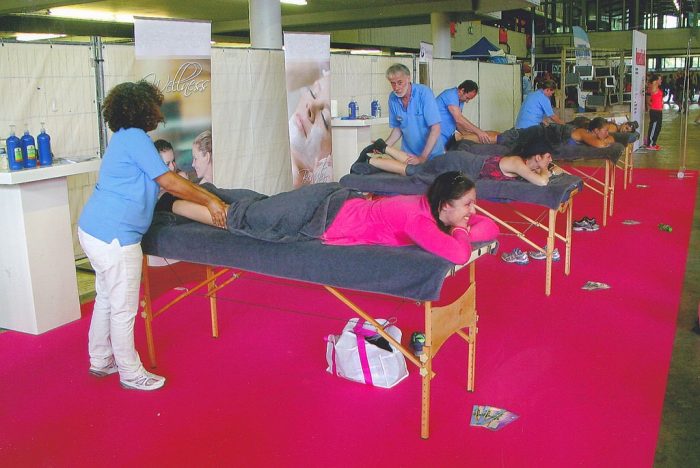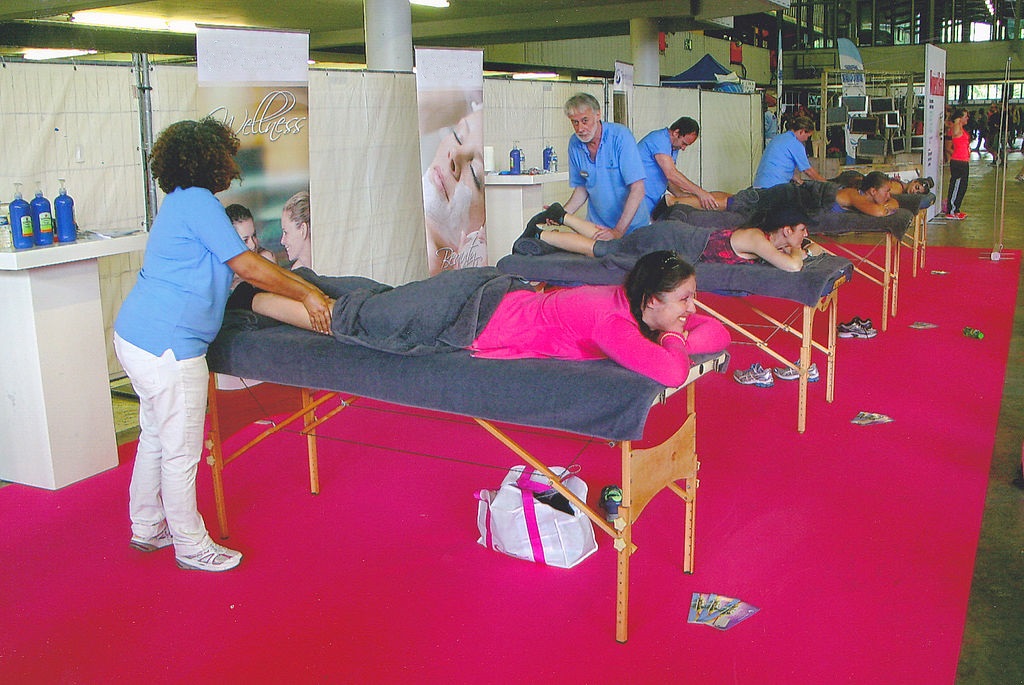Stress and fatigue have become synonymous to normalcy in these modern times. No human can ever be exempt from experiencing such ordeals. Fortunately, modernity itself has allowed us to explore various means to combat fatigue and stress; numerous recreation and relaxation activities are available within our reach. Whether it is hitting the theatres to see a play or movie, travelling, or eating out, all these options are ways for people to deal with stress and relieve themselves of fatigue (as long as you have the money to spend for it or a voucher to make it free, of course).
For those who are health and fitness conscious, sporting games and direct-to-the-body type of stress-relieving activities are the best options to take. Aside from sports and exercise, one such activity is massage. The thing is, not all massages available out there are the same. Albeit all of them involve manual manipulations of the body, the various massage types differ in their purpose and intended recipient.

You need not trouble yourself going to Wikipedia to find out what they are, as MedicalWebsite is already here to show you the most popular massages of our time and their respective descriptions. (Well, if you still want to browse Wikipedia though, you are free to do so; but we would urge you to stay and read on).
Deep Tissue Massage
The name of this type of massage says it all. It is a massage that applies deep and firm pressure on the body, particularly aiming at the deep muscular layers including the tendons and hard tissues buried deep under the skin.
Recipients of deep tissue massage may feel a slight pain which will eventually lead to a relaxing and soothing sensation. Deep tissue massage is practically good for those with chronic muscle tensions and is helpful for light injuries such as sprains.
Swedish Massage
Swedish massage is probably the most popular technique out there in the massage market. This type of massage involves soft manipulation of the muscles and body parts, applying light yet rhythmically pressured strokes.
People who receive this massage technique attest to its pampering effect. Swedish massage’s goal is for the relaxation and the “feel good” sensation of the customer.
Thai Massage
Most (if not all) massages are done on exposed skin. The thing about Thai massage is that it is applied while the recipient is (fully) clothed. Instead of the usual rubbing and squeezing, the recipient of this type of massage is going to experience rocking, pulling, and stretching.
The aim of Thai massage is to compress and stretch the muscles by moving the joints and applying acupressure, thereby relieving tensions and allowing better circulation of blood through the body parts on which the massage was applied.
Sports Massage
Obviously, the name of this massage suggest that it is for people who engage in sports. However, anyone who is involved in physically strenuous activities or those who do hefty exercises are advised to avail of this massage.
Aside from relaxation, sports massage helps in augmenting strength and flexibility to the muscles and connective tissues, thereby decreasing the instances of motion injuries.
Remedial Massage
This type of massage is medical in nature. Lay people may confuse it to be in equal footing with ordinary massages, but remedial massage is applied with therapy in mind. Remedial massage therapists are healthcare practitioners themselves and the requirements for them to practice is similar to those of medical professionals.
Remedial massage is normally referred by physicians for patients who had an injury or are experiencing chronic body pains. Remedial massage (done by a qualified therapist) works on putting dislocated muscle fibres and tendons back in their right place, and in helping the patient regain wellness from the problematic areas of the musculoskeltal system.
References:
Blatchford, F. (24 January 2016) “Swedish, Deep Tissue, Remedial: How Massages Differ.” The Huffington Post Australia. Retrieved from www.huffingtonpost.com.au
Web MD. “Massage Therapy Styles and Health Benefits.” Web MD. Retrieved from www.webmd.com
Image c/o Peter van der Sluijs (Own work) [GFDL (http://www.gnu.org/copyleft/fdl.html) or CC BY-SA 3.0 (http://creativecommons.org/licenses/by-sa/3.0)], via Wikimedia Commons
Share this article:
